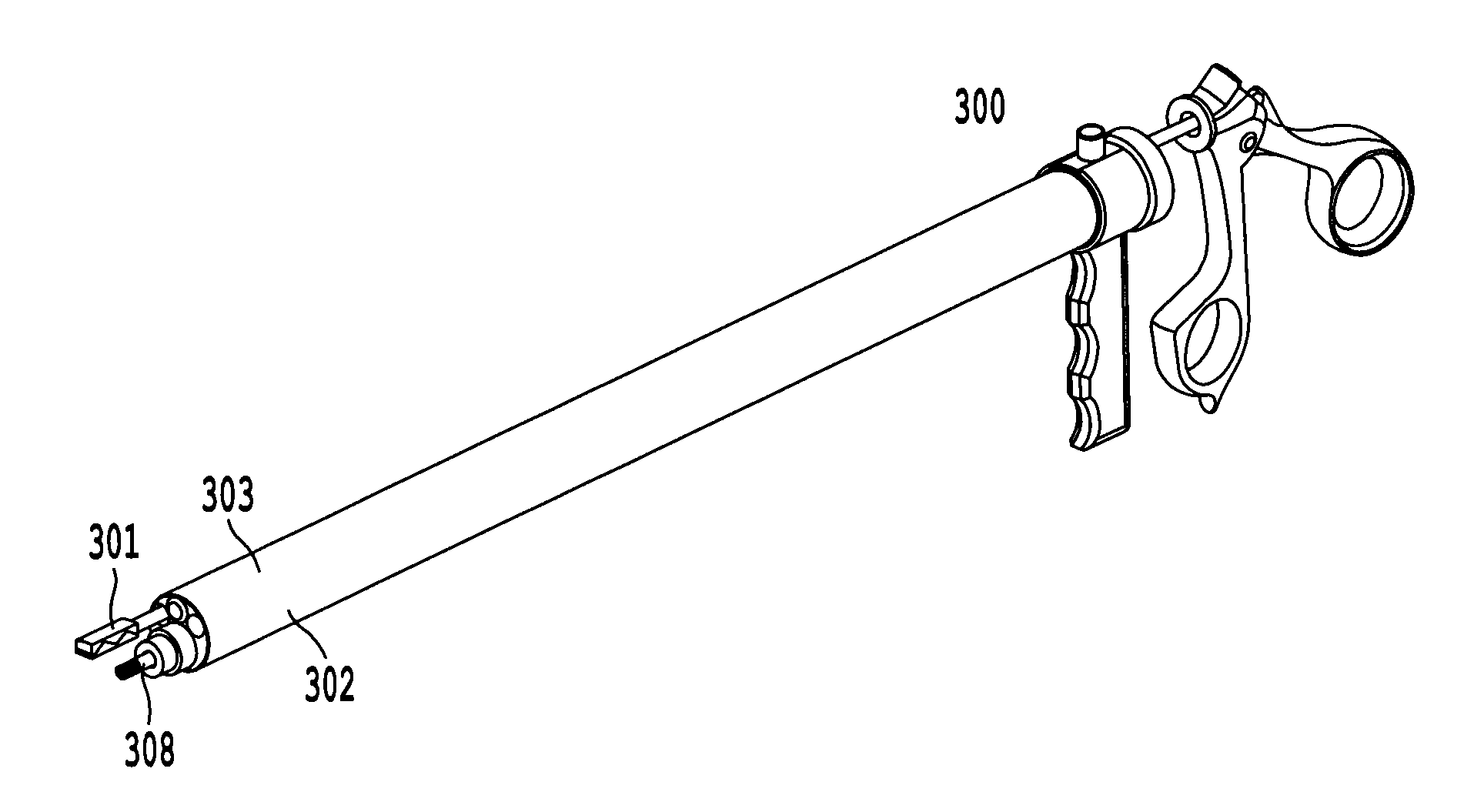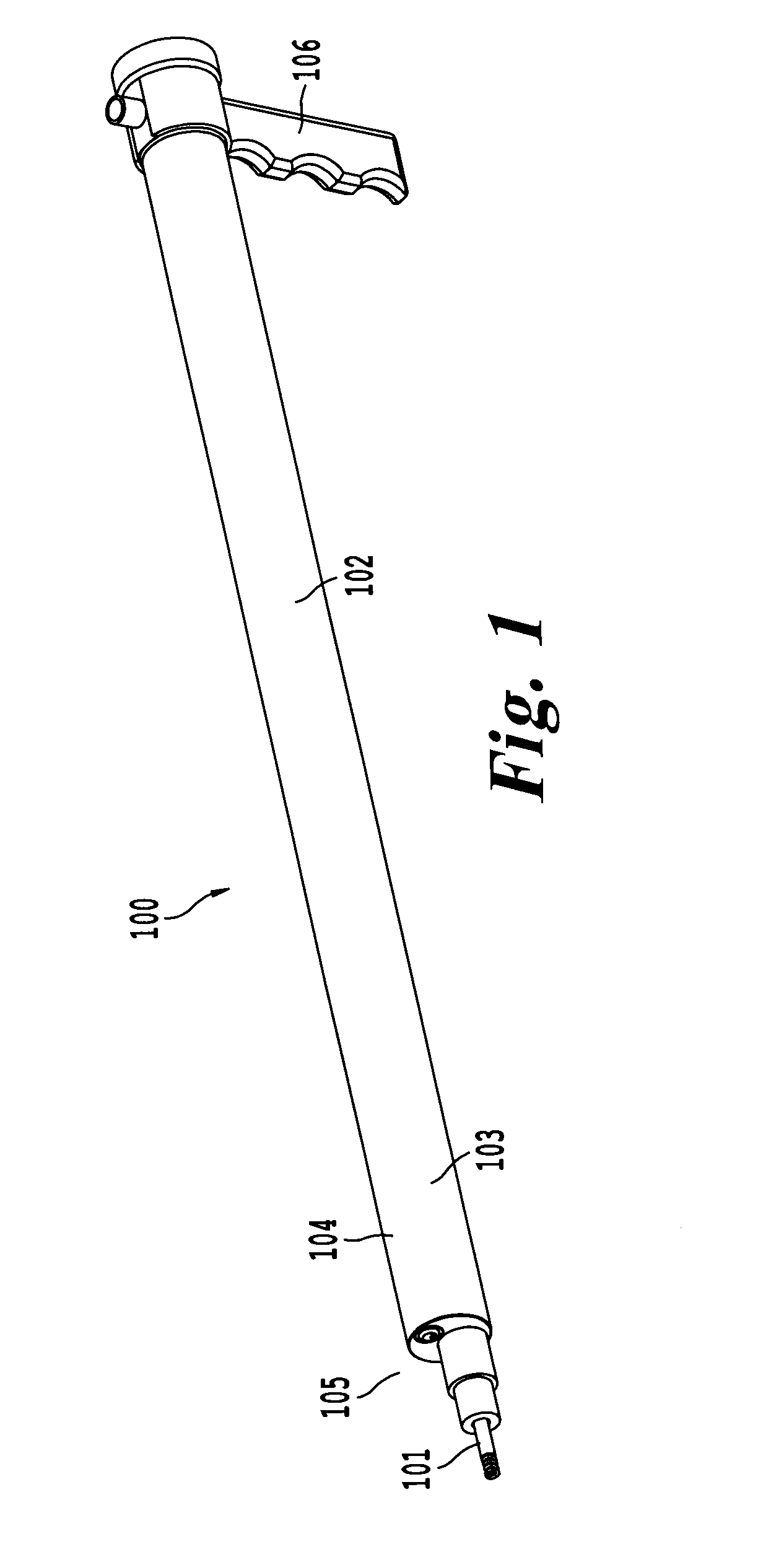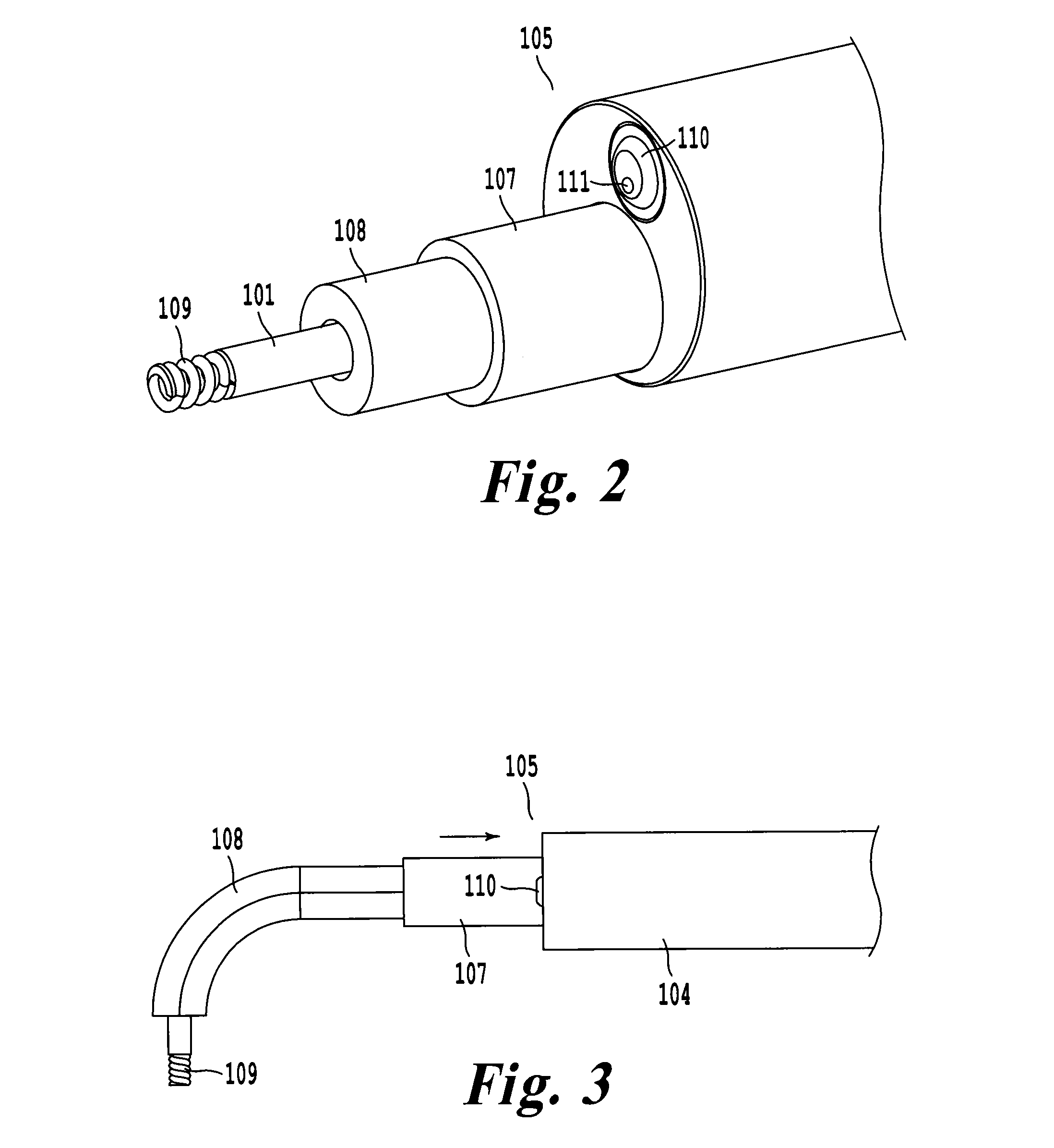Delivery tool and method for devices in the pericardial space
a delivery tool and pericardial space technology, applied in the field of cardiac rhythm therapy, can solve the problems of increased risk of reentry injury, increased risk of intrathoracic adhesion in patients undergoing sternotomy, and increased risk of venous occlusion, so as to achieve safe and accurate placement of cardiac medical devices and reduce the vasculature
- Summary
- Abstract
- Description
- Claims
- Application Information
AI Technical Summary
Benefits of technology
Problems solved by technology
Method used
Image
Examples
Embodiment Construction
[0051]The present disclosure generally involves an apparatus and methods for delivering medical devices within the pericardial space. While several embodiments are disclosed, it is understood that the present disclosure is exemplary and can be embodied in many different forms. Therefore, the specific features and functionality of the tool disclosed are not to be interpreted as limiting, but to serve a basis for the claims, and to educate one skilled in the art as to the functionality of the tool with respect to the method of device delivery. For the purposes of teaching, the embodiments are direct towards the selective placement and implantation of cardiac leads and leadless pacemakers in the pericardial space, and should not be considered limiting.
[0052]FIG. 1 illustrates one embodiment of the proposed delivery tool 100 configured or designed to selectively deliver a cardiac device 101 into the pericardial space and epicardial surface. The core 102 of the delivery tool includes of ...
PUM
 Login to View More
Login to View More Abstract
Description
Claims
Application Information
 Login to View More
Login to View More - R&D
- Intellectual Property
- Life Sciences
- Materials
- Tech Scout
- Unparalleled Data Quality
- Higher Quality Content
- 60% Fewer Hallucinations
Browse by: Latest US Patents, China's latest patents, Technical Efficacy Thesaurus, Application Domain, Technology Topic, Popular Technical Reports.
© 2025 PatSnap. All rights reserved.Legal|Privacy policy|Modern Slavery Act Transparency Statement|Sitemap|About US| Contact US: help@patsnap.com



